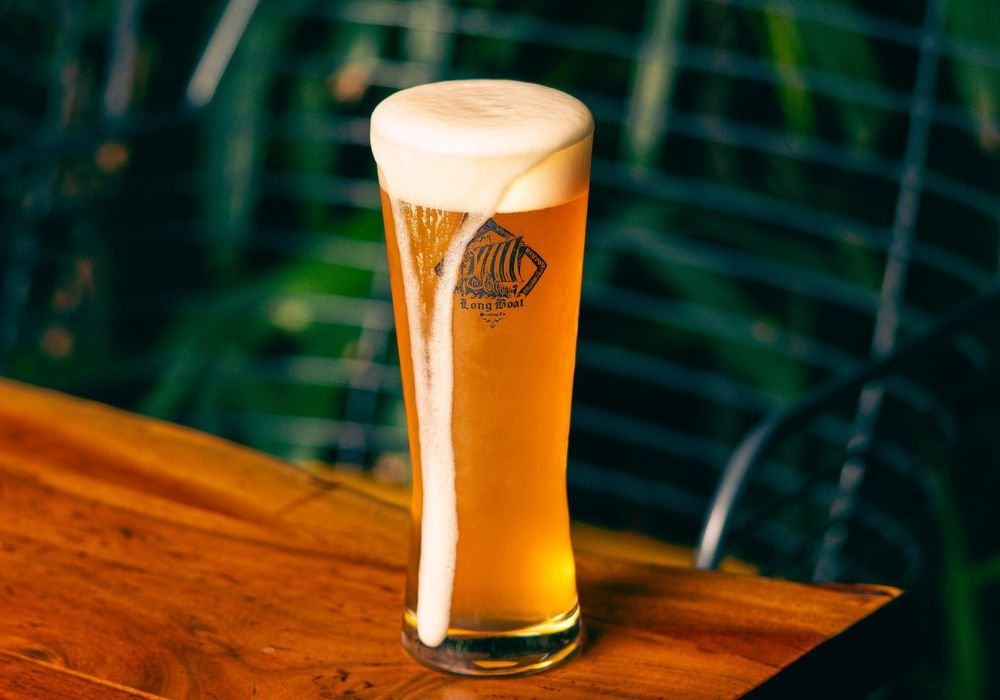Cost Saving Opportunities for Breweries

Bijay Bahadur
Factory Manager, YBL, Melli (Sikkim)
Bijay Bahadur has more than 29 years of experience in Indian and multinational breweries, IMFL bottling plants, brewery green-field and brown-field projects and factory operations such as maintenance, production, environment health and safety, and project management. He is also the author of Brewing – A Practical Approach, which is for practicing brewers, students pursuing careers in Food Technology, Biochemical Engineering or Brewing Science, and consultants who provide technical advice to breweries and entrepreneurs. He is a practicing brewer and specializes in the manufacturing of beer, including the formulation of recipes, overseeing new technical developments, implementing standard operating procedures, planning budgets, warehousing and inventory control, and liaising with Quality Assurance Department (QAD). He is a lifetime member and elected as FELLOW of the Institution of Engineers (India), the Indian Institute of Chemical Engineers and the Association of Food Scientists & Technologists (India). He has been authorized to use the style and title of Chartered Engineer (India) by the Institution of Engineers (India) as well as been elected as Professional Engineer by Engineering Council of India, New Delhi for a period of five years.
Brewing industries are looking for opportunities to reduce production costs without negatively affecting product yield or quality. Uncertain energy prices in today’s marketplace negatively affect predictable earnings, a concern for the management of the beer industry. For breweries, increasing energy prices are driving up costs and decreasing their value add. Successful, cost-effective investment into energy-efficient technologies and
practices meet the challenge ofmaintaining the output of a high-quality product despite reduced production costs. This is especially important, as energy-efficient technologies often include “additional” benefits, such as increasing the productivity per employee of the company.
Energy consumption is approximately 3–8 percent of the production costs of beer, making energy efficiency improvement an important way to reduce costs, especially in times of high energy price volatility. There are many methods to reduce energy consumption cost-effectively in the brewing industry. Since brewer’s value the quality, taste and texture of their beer, brewing industries are expected to continue spending capital on cost-effective energy conservation measures that meet these requirements.
For breweries, increasing energy prices are driving up costs and decreasing their value add. Successful, cost-effective investment into energy-efficient technologies and practices meet the challenge of maintaining the output of a high-quality product despite reduced production costs.
Options For Energy Efficiency
A variety of opportunities exist within breweries to reduce energy consumption while maintaining or enhancing the product quality and productivity of the brewery. Few measures taken may be:
- Regular maintenance and proper operation of motors, pumps and compressors, and replacement with more efficient models whenever possible.
- Proper and efficient operation of the process, that is optimization and ensuring the most productive technology is in place.
- Establishing a strong organizational energy-management framework to ensure that energy efficiency measures are implemented effectively.
Energy-Efficient Boiler Plant
A blow down economizer can be added to the boilers to reclaim heat from excess boiler water. The heat can be reused to preheat feed water for the boiler.
By preheating the makeup water, the rate of heat input of the boiler drops while the rate of heat output remains the same.
Oxygen in the condensate is scrubbed before it returns to the boiler by a deaerator. This decreases the amount of boiler blow down and decreases makeup water, improving energy efficiency and hence appreciable reduction of requirement of chemicals to treat the makeup water.
Energy-Conservation In Brew House
The reduction of heat energyconsumption in the brewhouse by means of technology is an important contribution to the preservation of fossil fuel resources and to significantly reduce CO2emissions.
The carbon footprint of a brewery can be optimized further with spent-grain combustion and the use of solar thermal energy. The technology and applied technique of biomass combustion must be improved for use in the brewing industry.
In the brew house, energy recovery reduces the need for steam. Entire heat required for the brew house comes from steam supplied by the boiler. Heat lost from the boiling wort in the wort kettle can be recovered and used to pre-heat future batches of wort with a vapor condenser on the exhaust stack. This will translate into less energy demand, lower operational costs, and faster brew times.
Besides reducing energy demand, there is another benefit to energy recovery – steam from the wort kettle condenses into water. In this way, vapor from brewing beer stays in the brew house and the area outside does not “smell like a brewery.”
Beer Packaging
One way is to explore using water flowing out of the pasteurizer as an initial rinse in the bottle washer section, or to collect and reuse it for makeup water back to the pasteurizers.
Raising beer-out temperature limits on pasteurizers can also reduce pasteurizer water losses. Bottle rinse water can also be reclaimed and used for pasteurizers or as dilution water for conveyor lubrication systems.
Bottle rinse water can also be used as a source for virtually any cleaning-in-place rinse in the brewery.
Beer, Energy and the Environment
The brewing process is energy intensive, especially in the brew house, where mashing and wort boiling are the main heat consuming processes. The attention to reduce energy consumption has led to the development of new processes and technical solutions that consume less energy.
Dynamic wort boiling with an internal boiler and use of the Jetstar (Huppmann GmbH, Germany) internal boiler for a simmering boil, with a submerged wort flow and stripping phase to reduce undesired volatility, is a good example of a sustainable improvement in wort boiling combined with reduced thermal stress and increased wort quality.
The target for every brewing company should be the development of a sustainable process with efficient energy consumption to achieve savings in fuel and energy costs. Furnace oil has been pushed continuously to higher levels (fluctuates on daily basis) and there is no sign of a significant price decrease in the future. The demand for heat energy in the brewery can be reduced through the use of waste heat as process heat or energy rich by-products or waste material for thermal energy. The combustion of spent grains is one possibility for generating thermal heat and electrical power. The installations for heat generation through spent-grain combustion require huge investment on the design and technique for partial dewatering of spent grains.
The sun can be seen as the lowest cost energy provider. Breweries located in sunny regions should think about installation of solar collectors to take advantage of cheap solar energy. It is expected that the cost and installation of such equipment will decrease rapidly because the demand for this technology will lead to an increase in production volume. Solar thermal energy can be used for heating processes in CIP plants, bottle washing machines, and pasteurizers or for cooling processes with absorption chillers.
The largest consumers of electricity in breweries are refrigeration (44%), packaging (20%), and compressed air (10%). In general, it is recommended to invest in insulation and check whether that is dry. Regular inspection of the pipe system for the compressed air supply and installed valves is necessary to avoid losses and will help reduce electricity costs with little effort.
In addition, to fuels and energy, water is the other resource that is limited in quantity and good quality. Therefore, breweries should always aim at efficient water consumption for cleaning and cooling purposes, the prevention of losses, and the reuse of treated wastewater.
Many opportunities exist in the brewery to reduce water consumption or recycle water. In India, use of 4 to 5 hectar litre (hl ) of water per hl beer output is considered good practice. Like heat recovery and reuse, water conservation and reuse approaches seek to best match and reuse high quality, medium quality, and low-quality water in various applications. Reduced water use will not only reduce effluent charges, but will also reduce water purchase bills, water treatment costs, as well as energy for water treatment and pumping.
Other opportunities include the installation of recirculation tanks with vacuum pump beer filling installations, optimizing bottle washing installations, cleaning in place plants (CIP), the reduction of rinse water after CIP, and cascading of water for various uses.
Benchmarks For European Breweries
| Parameters | UOM | Values |
| Fresh water consumption | hl/hl | 3.7 – 4.7 |
| Thermal energy consumption | kwh/hl | 23.6 – 33 |
| Electricity consumption | kwh/hl | 7.5 – 11.5 |
| Kieselguhr consumption | g/hl | 90 – 160 |



